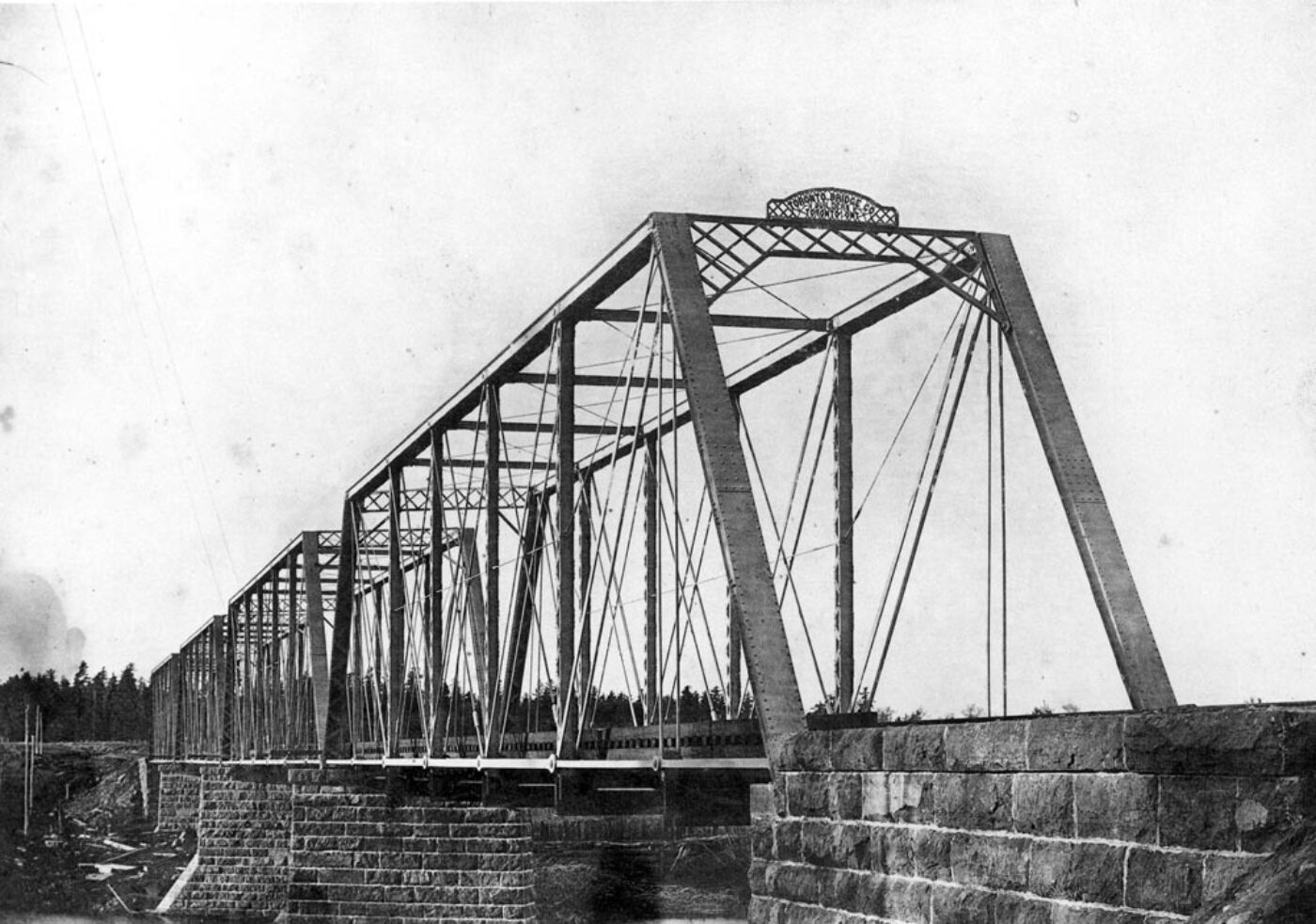• Born on October 18, 1805
• Native of Williamsburg and descendant of a Loyalist family
• The names of his parents, who reportedly left the United States shortly after its independence, are unknown
• His middle name is Major
• Colonel in the British Army
• Died on November 6, 1881, at the age of 76 years and 19 days
Casselman population
The settlement history of the Casselman region begins with the arrival of Martin Casselman and his lumber trade venture. A native of Williamsburg and a descendant of loyalists, Martin Casselman conceived the idea of establishing a village and exploiting the abundant forest resources for the timber trade during a hunting trip along the banks of the Petite-Nation River in 1832.
In 1843, he purchased a vast territory covering most of the future Township of Cambridge from the Jessup family for a nominal sum. He became the owner of 1600 acres of land on each side of the Petite-Nation River. It was on the banks of this watercourse, near a waterfall, that Martin Casselman permanently settled in 1844. He brought with him around forty men who helped him establish his timber trade in exchange for the promise of obtaining land at very low prices. A dam and a sawmill were built in 1844, and his timber trade was launched.
Who is Martin Casselman ?

Pathway
Casselman Railway

The Casselman Railway revolutionized the economic landscape of the region, becoming a pillar of industrial and commercial development. Initiated by Martin Casselman, who successfully lobbied to alter the proposed route to go through the town, the railway was officially opened on February 1, 1882. With an estimated investment of $40,000 of his own money, Martin Casselman unfortunately did not live to see the completion of his project, passing away before its realization.
The arrival of the first train from the east in 1881 marked the beginning of a new era for Casselman, with the construction of the railway facilitating the transportation of goods such as lumber, bricks, and groceries. The economic impact was immense: transporting wheat and other goods during World War I helped boost the local economy and contribute to the war effort.
The visit of J.R. Booth, a railway tycoon, in 1880, further added to Casselman's growing importance in the Canadian railway network. The legendary anecdote that Martin Casselman was the first passenger, strapped to a chair on a freight car during the inauguration, speaks to his unwavering dedication to the project.
The railway line linking Coteau Junction to Casselman and Ottawa was extended in 1882, solidifying Casselman's role as a regional transportation hub. In 1915, the railway reached its peak with the first train traveling the 3205 miles from Quebec to Vancouver, passing through Montreal, Casselman, and Ottawa. Over the years, the Casselman Railway became more than just a means of transportation; it became a symbol of progress and connection within the Canadian landscape, leaving a lasting legacy in the history and development of the region.
Fires of Casselman

In July 1891, the parish of Sainte-Euphémie faced its first major trial: a fire destroyed part of the village, the Casselman Lumber Co. sawmill, and several million feet of timber. Many workers had to leave the village to find work elsewhere. However, lands that were previously only half-cleared were transformed by the fire into beautiful fertile prairies, and several new settlers came to settle on these lands, now suitable for agriculture.
On October 5, 1897, the parish faced the greatest tragedy in its history: the Casselman area was completely destroyed by a terrible brush fire. Except for a few houses, the village was reduced to ashes, and people found themselves without housing or personal belongings. The Catholic church was completely destroyed, except for the Blessed Sacrament, which Father Joseph-Hercule Touchette saved. Many citizens left the parish since all their belongings had been destroyed. However, supported by the encouraging words of Father Touchette and donations from all over Ontario and Quebec, those who remained set to the arduous task of rebuilding the village. Two days after the fire, a committee was set up to rebuild the church.
In July 1919, the parish was again the victim of a major fire. The buildings lining the main street of the village, engulfed by flames, were almost all destroyed. Several merchants lost a large part of their goods and equipment. Those who managed to save some of their belongings transported them to the church or town hall. The church, the bank, and Damase Racine's general store were spared thanks to the effective work of the Ottawa firefighters. Again, in the days that followed, the villagers bravely undertook reconstruction on the main thoroughfare.
